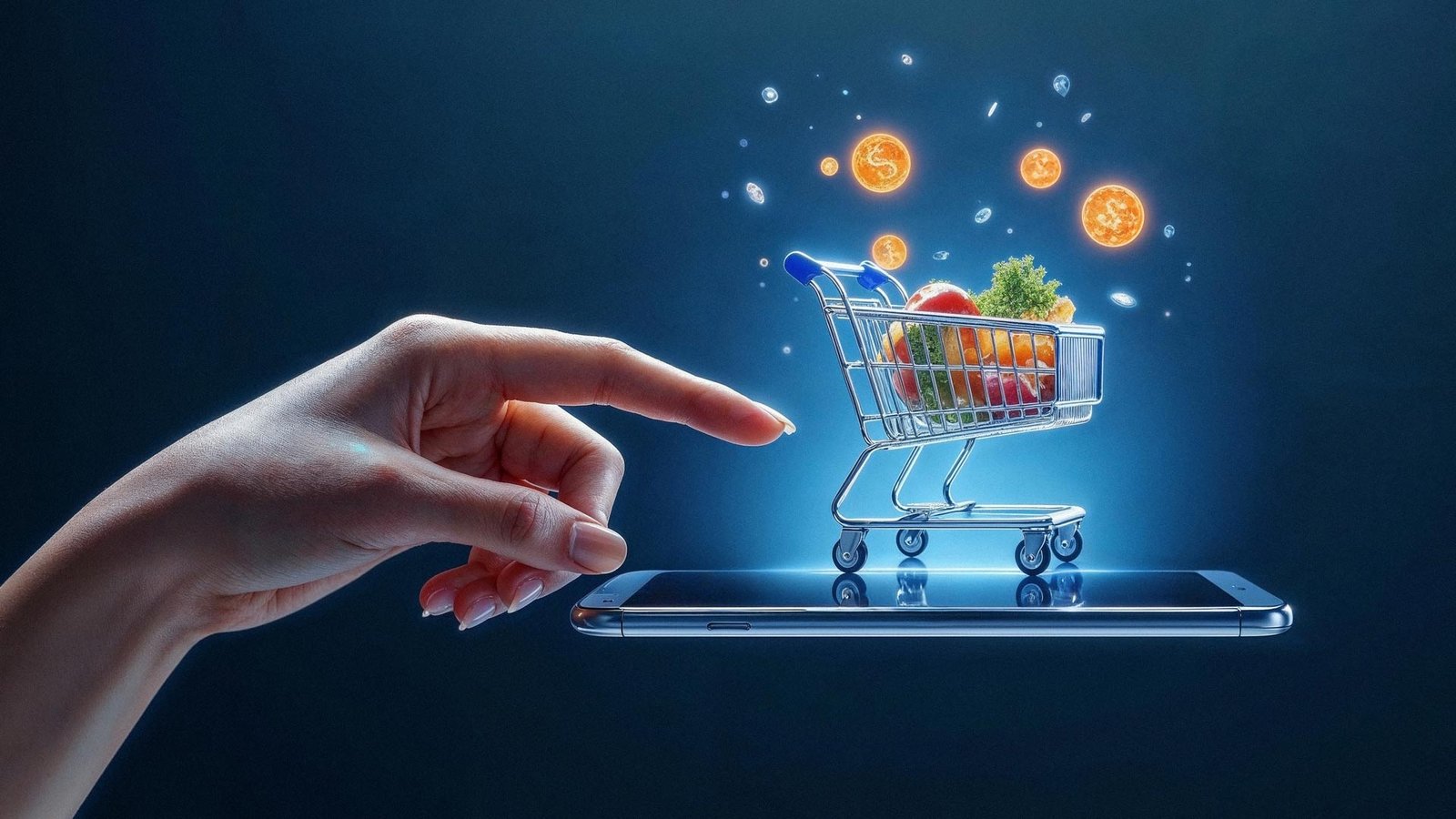See how advanced gamification strategies reshape eCommerce in 2025, driving higher sales, deepening loyalty, and transforming customer engagement for long-term growth.
In an era where customer expectations rise higher and digital exhaustion takes hold, eCommerce innovators are left with an urgent question: Can gamification truly bring sustained revenue and loyalty, or is it just another short-lived trend in a crowded digital playbook? The answer is increasingly evident. Gamification is no longer new; it is quickly becoming a serious driver of long-term engagement and growth.
1. Rethinking Engagement for the Digital Economy
Once considered a frivolous add-on on top of marketing initiatives, gamification is today at the forefront of serious boardroom debate. According to a 2024 Gartner report, eCommerce businesses incorporating advanced gamification strategies register up to 30% in increased customer lifetime value. Such measures will become fully-fledged engagement ecosystems, with entertainment merged with utility in a seamless mix by 2025. The transition is unmistakable: where old-school loyalty programs lack, gamified experiences provide constant micro-interaction that ensures repeat visits.
For leaders, the message is urgent. Blunt loyalty points and paper discount coupons no longer cut it in a hyper-competitive world. Rather, dynamic, game-like interactions foster sustained engagement, turning passive shoppers into engaged players in the brand story.
2. Moving Beyond Transactional Rewards
The gamification of 2025 is much deeper than leaderboards and virtual badges. Leading brands are leveraging emotional drivers such as achievement, belonging, and status. These psychological drivers are what make mundane transactions experience-driven events that create long-term emotional equity.
Take Starbucks, for example, which has successfully graduated from basic totem pole point accumulation. Their app-based challenges facilitate seamless repeat visits through personalized objectives, tiered rewards, and social sharing opportunities that connect with community belonging. The end result? Frequency-of-purchase increases and stronger emotional connections with the brand.
Executives need to ask: Are we creating value that is felt as meaningful to customers, or transactional? The future is for those brands that infuse emotional relevance into every customer interaction.
3. Personalization Powers Predictive Playbooks
The future of gamification is its convergence with AI-based personalization. Current systems already tie individual behavior to personalized rewards. By 2025, predictive processes will predict customer wants before they appear, creating customized challenges and rewards in volume.
In 2023, a global beauty retailer leveraged predictive gamification to fuel a 45% rise in repeat visits. By studying browsing and purchasing history, they launched personalized missions that pushed consumers toward hand-curated product bundles, driving experience, and basket size.
For C-suite executives, the message is unambiguous. Unit campaigns are no longer good enough. Tomorrow’s growth will originate from hyper-personalized gamified paths that adapt in real-time to changing customer needs.
4. Data as the Engine, Privacy as the Checkpoint
In the background, data powers the gamification engine. But in a time of heightened privacy concerns and regulatory attention, data collection must be transparent and trusted. When third-party cookies disappear, gamified experiences present a powerful answer to creating robust first-party data ecosystems—straight from engaged users.
But this benefit comes with a price. Ethical use of data will be what brand reputation is all about. Through 2025, innovative brands will be driven by transparency, providing customers with unmistakable value exchanges for their data input.
Executives’ strategic mandate is to strike a balance between personalization and privacy. Gamification presents the unique ability to do both, provided it is done sensibly.
The Strategic Play Ahead
Gamification is no longer simply about fun. It is a strategic playbook for long-term engagement, loyalty, and revenue growth in a highly competitive eCommerce environment. Brands that approach it as an afterthought risk becoming irrelevant. Those that integrate it into their customer strategy at its core have the potential to redefine the engagement rules.
For the C-suite, it is not whether to go gamification, but how aggressively to do so. The game has begun—and the winners are those playing ahead of the curve.
Discover the latest trends and insights—explore the Business Insights Journal for up-to-date strategies and industry breakthroughs!

